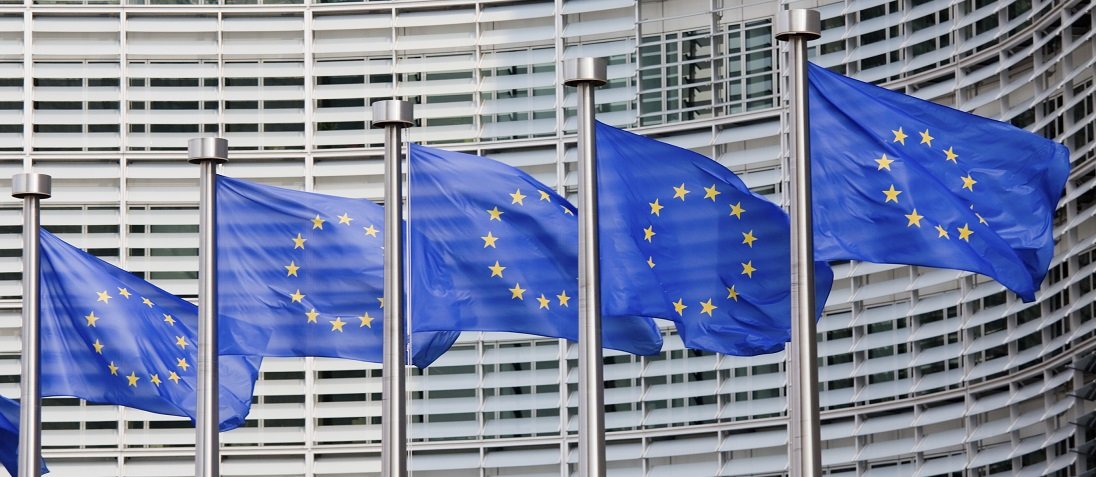Theresa May’s launch was supposed to be the first of a long series of speeches: setting out the primary colours of her leadership campaign. In the end it was her last campaign speech too, as the process was cut short by the departure of Andrea Leadsom.
Looking at this and her previous public statements, what can we surmise about her policy agenda as Prime Minister?
In May’s announcement of her leadership bid, she championed an “open, inclusive, One Nation agenda”, targeting the injustices of racial, social and gender inequality.
Her strategy was clear: “serious social reform”. But meaningful details of her tactics were thin on the ground. There is a policy vacuum to be filled here, and an opportunity for British business to help fill it.
Continuity
May has confirmed she would not seek an early election, arguing that the Conservative Party has a responsibility to deliver on its 2015 manifesto.
According to MPs in her team, this move was largely to appease her Parliamentary party, many of whom are in marginal seats and extremely nervous of facing voters, having recently been on the wrong side of the EU referendum vote.
But this is a simplification. Her pitch was also a pitch for stability and continuity – for more of the same, not a radical departure.
Whether this applies to Cameron’s existing policies over and above the Tory manifesto (for example, the sugar tax) remains to be seen.
Conservative with a capital C
May has promised to make “Britain a country that works for everyone – whoever you are, and wherever you’re from.”
This is a common trope from centrist politicians, but her explanation was firmly Conservative – with some sharp criticism for key Osbornite and Brownite planks of economic management. For example: the difficult impact of VAT rises to the cost of higher energy prices, and the harm done by Quantitative Easing to those who aren’t already on the property ladder.
As a former local Councillor, May is also likely to feel a greater and more genuine sympathy with this agenda than the Cameron-Osborne duo ever did.
Clarity on economic policy?
This week May also promised an activist state that would intervene directly in markets, with more Treasury-backed project bonds for new infrastructure projects, more housebuilding, and a ”proper industrial strategy”. Again this is not controversial ground.
Every MP in Parliament agrees that we need more housebuilding. The controversy is always over how – in detail – this will achieved. Will May sanction green-belt building? Garden cities? Major reductions in planning controls?
Of course, what gives May more economic flexibility is her junking of the Osborne fiscal rules, requiring a surplus in the public finances by 2018. She has given herself much more room for manoeuvre.
Clamping down on business
May intends to get tough on irresponsible behaviour in big business, including on tax avoidance and evasion. This is firmly pitched towards centrist voters.
She has also called for reform corporate governance – by borrowing ideas from the Unite union, placing workers’ representatives on boards and challenging executive pay with new transparency rules.
May wants to intervene: not leave well alone.
This is not a radical departure for her. Back in 2013 May was already arguing that, “where businesses abuse their market position to keep prices high, we should be prepared to make sure the market works in the public interest”.
She has been developing a broader and more critical view of the British economy for some time and it is ingrained deeply in her politics, and the politics of her team. We have yet to understand the detail: but there will be much more where this came from.

